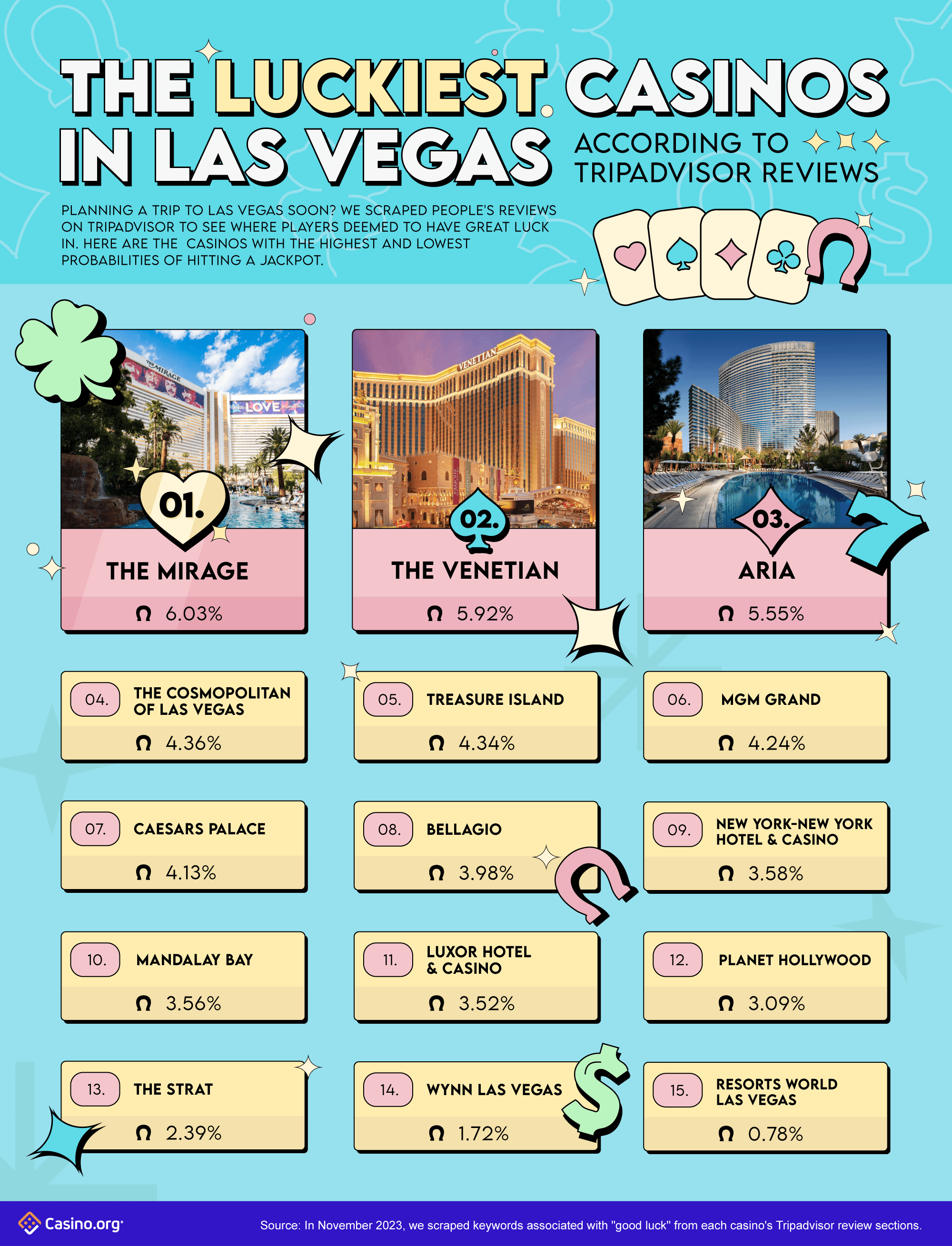
From Slots to Real: The Allure of Slots
Slot gambling has enthralled players for decades, blending chance and entertainment in a vibrant manner. From the earliest mechanical one-armed bandits to the advanced digital machines of the present, the development of slot machines shows not only advancements in technology but also evolving social dynamics around gambling. The thrill of turning the reels and the anticipation of a potential win draw millions to casinos around the world, making slot machines a central part of gambling culture.
The attraction of these games goes beyond mere luck; they offer immersive experiences laden with themes, audio, and visuals that enhance the overall enjoyment. Whether playing in a bustling casino or from the convenience of home, the excitement of slot gambling remains a common thread connecting players across diverse backgrounds. This fascination continues to grow, sparking discussions around tactics, mental aspects, and the impact of gambling on society, as enthusiasts seek not only fortune but also a feeling of community in their gameplay.
The History of Slot Machines
The fascinating origins of slot machines can be traced to the late 19th century when a mechanic from San Francisco created the first true slot machine known as the Liberty Bell in 1895. This machine featured three reels and five symbols, including the iconic horseshoes the well-known Liberty Bell, which set the standard for later designs. Fey's invention quickly caught on in saloons and bars, offering patrons a chance to earn small prizes, making it a widely enjoyed form of entertainment.
As the rise in popularity of slot machines expanded in the early 20th century, they began to change. The introduction of electricity brought about the so-called fruit machine, which incorporated images of fruit symbols like such as cherries and lemons, further increasing the allure of the game. With these developments, slot machines transitioned from basic mechanical devices to complex devices that offered a wide variety of gameplay options and bonus features, drawing in a more diverse audience and becoming a staple in casinos.
The mid-20th century marked a significant turning point for slot machines with the emergence of computerized systems. The first fully automatic machine debuted in the 1960s, setting the stage for video slots, which featured digital screens and sophisticated graphics. This innovation expanded the potential for artistry in design and gameplay, ultimately leading to the wide array of slot machines found today in casinos around the world. As slot gambling continued to gain global popularity, regulations also changed, influencing the manufacturing and operation of these machines in the gaming industry.
The Way Slots Function
Slot machines function based on a combination of mechanical and electronic systems designed to generate arbitrary outcomes. At the heart of a traditional slot are actual reels that rotate when the player pulls a lever or hits a button. Modern video slots have substituted these physical reels with images displayed on a screen, but the underlying principle remains the same: generating random numbers that decide where the symbols land on the reels.
The unpredictability is accomplished through a RNG, or RNG, which constantly generates numbers even when the machine is not being played. When a player activates the machine, the RNG halts at a specific number, linking to a set of symbols on the screen. This guarantees that each spin is unrelated of the previous, providing fair odds and preserving the excitement of guesswork that attracts players to slot gaming.
In addition to basic paylines, many modern slot machines include complex game mechanics, including reward rounds, progressive jackpots, and wild or scatter symbols. These elements introduce layers of strategy and engagement, enticing players to interact with the device beyond just the basic spinning of reels. This active ecosystem maintains slot gaming fresh and appealing, serving to a wide range of tastes and playing styles.
The Psychology of Gambling
This allure of slot gambling often lies in its ability to evoke a range of emotions, tapping into the excitement of risk versus reward. Players experience a rush of excitement as they pull the handle or press the button, fueled by a combination of expectation and wishfulness. This volatility can lead to a heightened state of arousal, making the experience compulsive for many. The near-miss phenomenon, where players come near to hitting a jackpot, triggers a dopamine release that reinforces the desire to keep playing, often despite significant financial losses.

Social factors also play a crucial role in the psychology of slot gambling. Many casinos create an immersive environment that encourages friendship among players, fostering a sense of community. The common experience of playing together can enhance enjoyment, leading to extended gaming sessions. olxtoto Furthermore, promotions and loyalty rewards make the decision to come back to the slots feel more justified, as players believe they are part of an elite group, thereby amplifying their commitment to wagering on the machines.
Finally, the way slot machines are designed influences player engagement at a psychological level. Features like vivid lights, engaging sounds, and captivating themes create an atmosphere of thrill and distraction. This sensory overload can make it difficult for players to gauge time spent and money lost, prompting them to continue playing. By comprehending these mental mechanisms, it becomes clear why slot gambling continues to captivate so many people, drawing them into a world that blurs the line between amusement and compulsion.